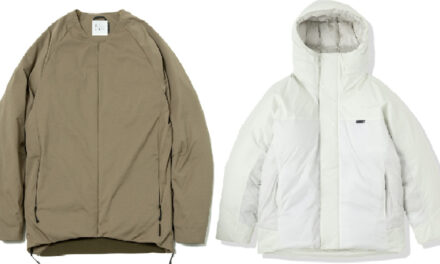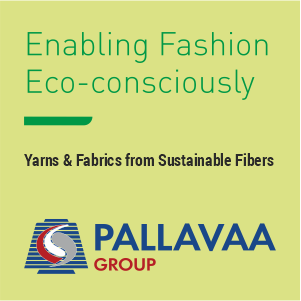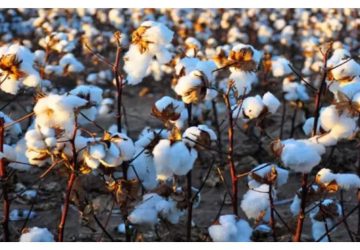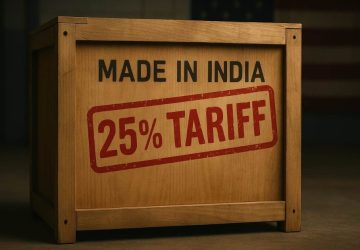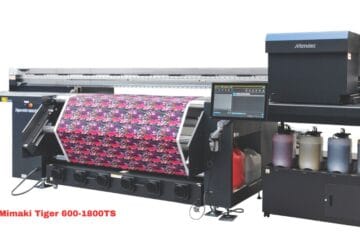 Sportswear giant Nike has developed a capsule collection of garments which integrate sustainable cotton and recycled polyester, can be manufactured using less chemicals and that boasts pattern efficiency of more than 90 per cent, mitigating waste material. The collection has been introduced as part of Nike’s Move to Zero journey, through which the brand is striving towards a zero carbon and zero waste future. Nike publish its Impact Report for the fiscal year 2019, which highlighted the firm’s progress in mitigating resource consumption, increasing its use of ‘sustainable’ materials and supporting those in its supply chain.
Sportswear giant Nike has developed a capsule collection of garments which integrate sustainable cotton and recycled polyester, can be manufactured using less chemicals and that boasts pattern efficiency of more than 90 per cent, mitigating waste material. The collection has been introduced as part of Nike’s Move to Zero journey, through which the brand is striving towards a zero carbon and zero waste future. Nike publish its Impact Report for the fiscal year 2019, which highlighted the firm’s progress in mitigating resource consumption, increasing its use of ‘sustainable’ materials and supporting those in its supply chain.
Nike’s new capsule collection represents Nike’s commitment to circular design principles, as it creates an array of garment types leveraging more sustainable materials and manufacturing processes. The credentials of each item are different in that Nike has looked to reinvent each respective garment type based on its features. The brand’s windrunner jacket, for example, not only is 100 per cent recyclable but it integrates drawcords and zippers made from Nike Grind – a palette of materials such as rubbers and foams that are recaptured from footwear manufacturing operations. According to Nike’s Impact Report, 99.9 per cent of its footwear manufacturing waste is now either recycled or converted into energy.
The company has also made a conscious effort to be more pattern efficient – exemplified with the launch of its Atsuma footwear – and carries progress to this end through to the designs in its capsule. It’s said that all items in the collection meet a 90 per cent or better pattern efficiency, meaning they’re produced in a fashion that makes the greatest use of the lowest possible quantities of material. The brand says it prevents two mn kilograms of textile waste going to landfill each year due to the installation of more than 1,000 cutting machines across sites in its supply chain.
With regards to the materials, a Nike full-zip hoodie, crew, t-shirt, joggers, shorts and dress are all produced with a blend that comprises at least 60 per cent organic cotton and recycled polyester.
“The organic cotton in the Move to Zero collection uses less water and fewer chemicals, improves farming practices and provides quality that is the same or better compared to conventionally grown cotton,” the company notes.
 Sportswear giant Nike has developed a capsule collection of garments which integrate sustainable cotton and recycled polyester, can be manufactured using less chemicals and that boasts pattern efficiency of more than 90 per cent, mitigating waste material. The collection has been introduced as part of Nike’s Move to Zero journey, through which the brand is striving towards a zero carbon and zero waste future. Nike publish its Impact Report for the fiscal year 2019, which highlighted the firm’s progress in mitigating resource consumption, increasing its use of ‘sustainable’ materials and supporting those in its supply chain.
Sportswear giant Nike has developed a capsule collection of garments which integrate sustainable cotton and recycled polyester, can be manufactured using less chemicals and that boasts pattern efficiency of more than 90 per cent, mitigating waste material. The collection has been introduced as part of Nike’s Move to Zero journey, through which the brand is striving towards a zero carbon and zero waste future. Nike publish its Impact Report for the fiscal year 2019, which highlighted the firm’s progress in mitigating resource consumption, increasing its use of ‘sustainable’ materials and supporting those in its supply chain.


